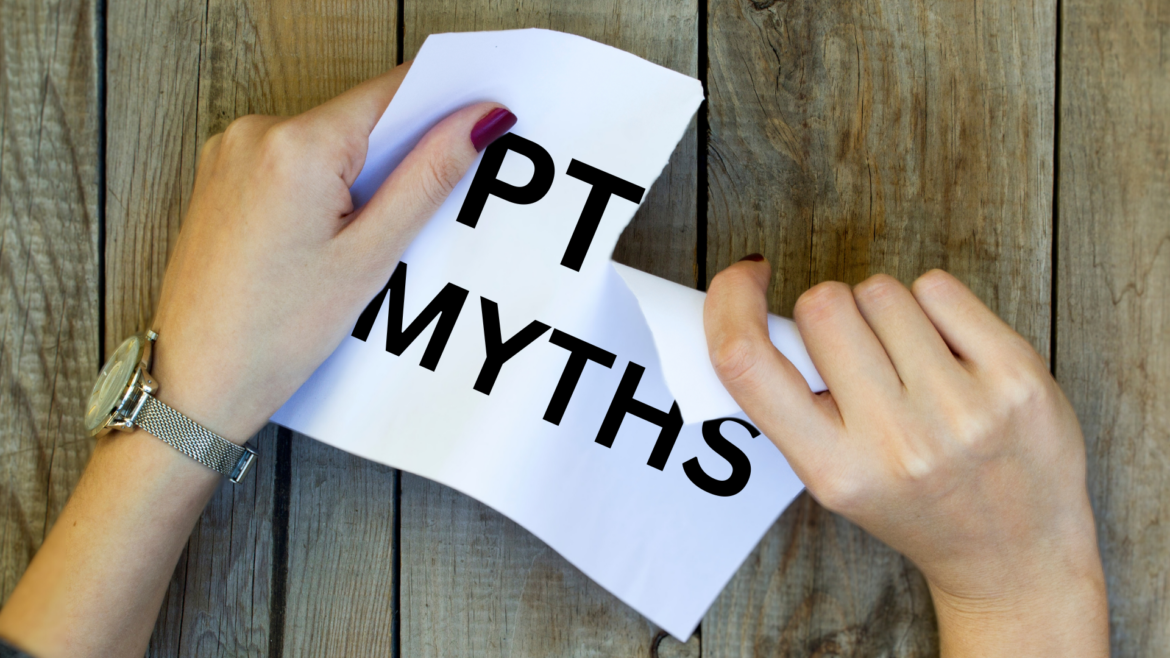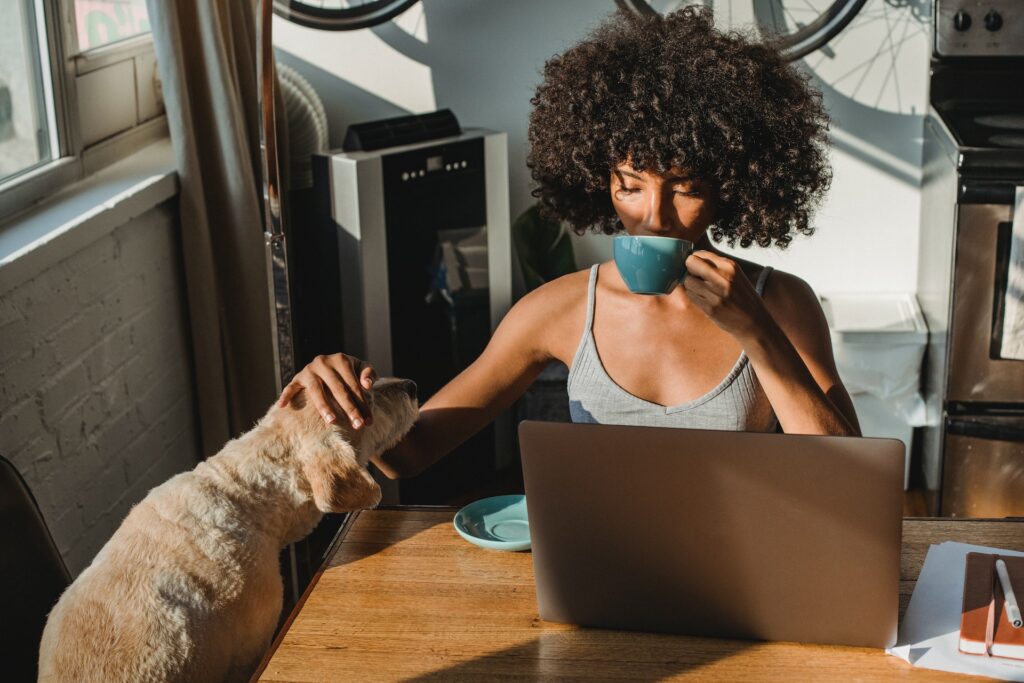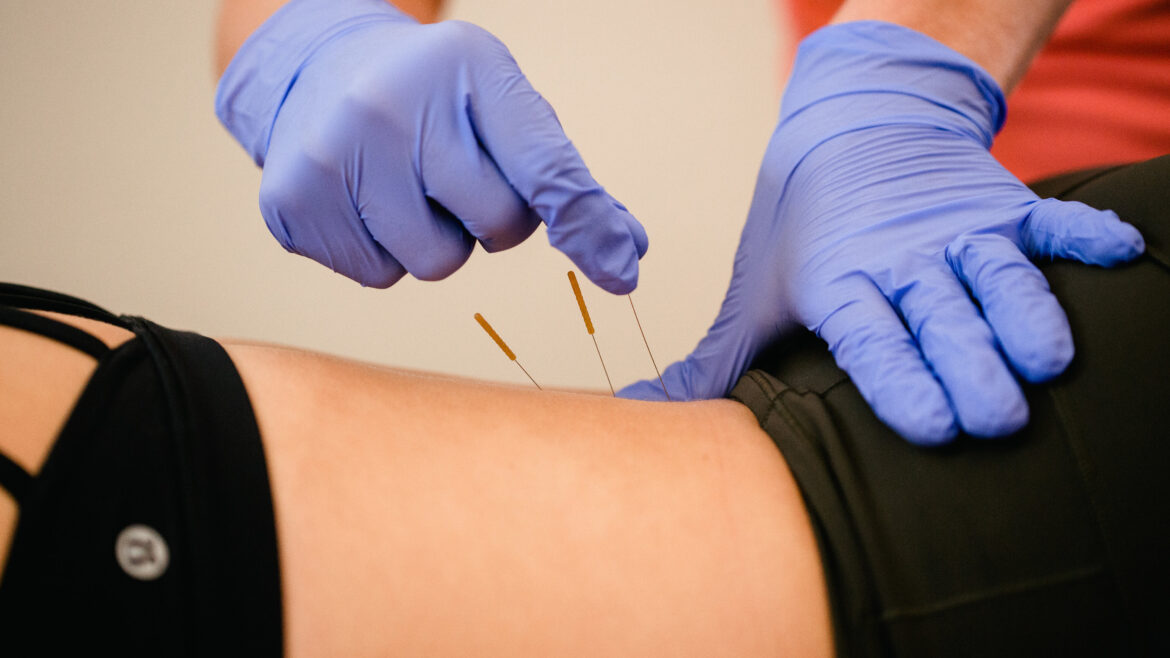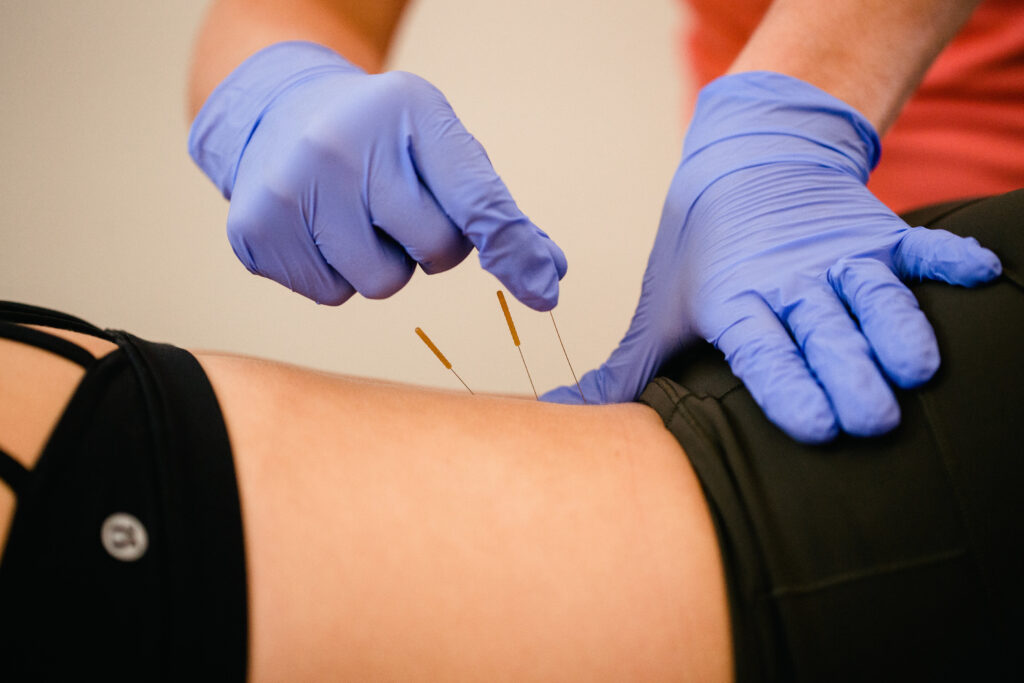
Physical therapy is an integral part of healthcare that helps millions of people recover from injuries, manage chronic conditions, and improve their overall quality of life. However, misconceptions about physical therapy are surprisingly common. These misunderstandings can prevent people from seeking treatment that could significantly benefit their health and well-being.
In this article, we’ll address five common myths about physical therapy and provide the facts you need to make informed decisions about your health care.
Myth 1: Physical therapy is only for injuries or accidents
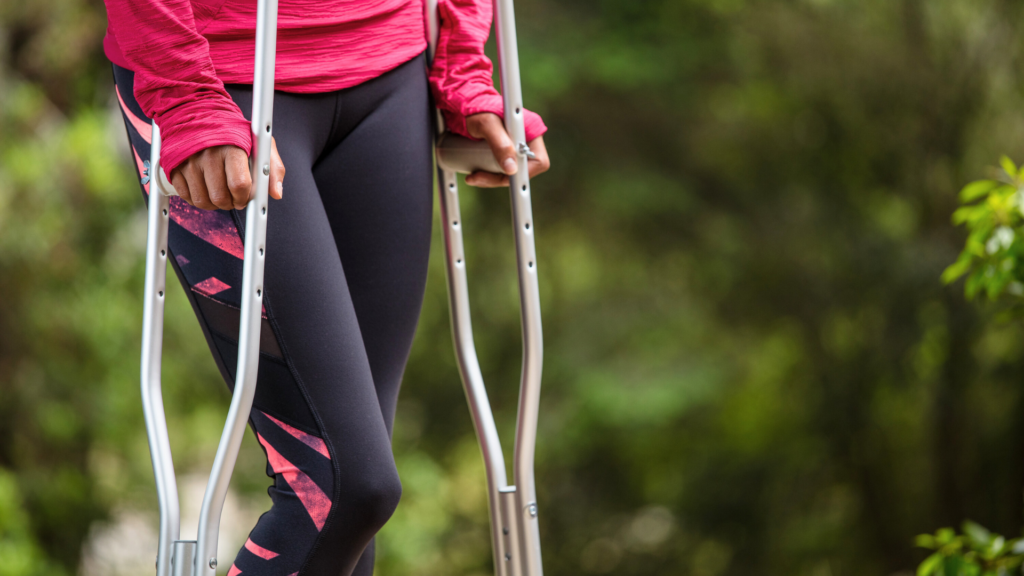
One of the most persistent myths about physical therapy is that it’s only necessary after an injury or accident. While it’s true that physical therapists often treat acute injuries, their expertise extends far beyond that.
Physical therapy is beneficial for a wide range of conditions, including:
- Chronic pain management: Conditions like arthritis, fibromyalgia, and chronic back pain can be effectively managed with physical therapy techniques.
- Neurological disorders: Patients with conditions such as Parkinson’s disease, multiple sclerosis, or those recovering from strokes can benefit from specialized physical therapy programs.
- Balance and fall prevention: Especially important for older adults, physical therapy can improve balance, coordination, and strength to prevent falls.
- Prenatal and postpartum care: Physical therapists can help women prepare for childbirth and recover afterwards.
- Sports performance: Athletes use physical therapy not just for injury recovery, but also to enhance performance and prevent future injuries.
Physical therapists are movement experts who can help you improve your physical function, whether you’re recovering from an injury or simply aiming to enhance your overall wellness.
Myth 2: Physical therapy is painful
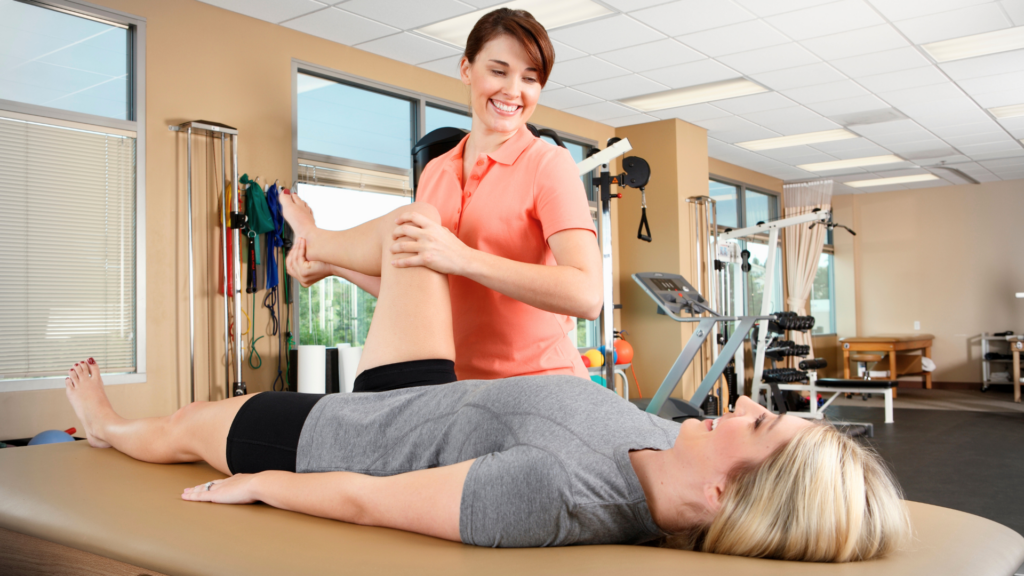
“No pain, no gain” is not the motto of physical therapy. While it’s true that you might experience some discomfort during your recovery process, the goal of physical therapy is to reduce pain, not cause it.
Physical therapists are trained to work within your pain tolerance. They will push you to make progress, but not at the expense of causing undue pain or discomfort. If an exercise or treatment is painful, your therapist will modify it or try a different approach.
Moreover, many physical therapy treatments are designed specifically to alleviate pain. Techniques such as manual therapy, electrical stimulation, and dry needling can provide immediate pain relief while other interventions like exercise work to address the root cause of the pain.
Myth 3: Surgery is always better than physical therapy

While surgery is sometimes necessary, it’s not always the best first-line treatment. In many cases, physical therapy can be just as effective as surgery, with the added benefits of being non-invasive and having fewer associated risks.
For example, studies have shown that physical therapy can be as effective as surgery for certain types of knee osteoarthritis and meniscal tears. It’s also been proven effective for low back pain, rotator cuff tears, and carpal tunnel syndrome, among other conditions. Check out our blog on meniscus recovery HERE.
Even when surgery is necessary, physical therapy plays a crucial role in the recovery process. Pre-surgical physical therapy (also referred to as “prehab”) can help you enter surgery stronger and better prepared, potentially improving your outcomes. Post-surgical therapy is often essential for regaining strength, mobility, and function.
Myth 4: You need a referral from a doctor to see a physical therapist

In many states, you can now see a physical therapist directly without a physician’s referral. This is known as direct access, and it allows patients to seek physical therapy treatment without the delay of waiting for a doctor’s appointment and referral.
Direct access to physical therapy can lead to:
- Faster treatment and recovery
- Lower overall healthcare costs
- Reduced use of opioids and other pain medications
- Fewer unnecessary diagnostic imaging tests
For those of us in Texas, patients can see a physical therapist for 10-15 consecutive business days without a referral. However, it’s important to note that some insurance plans may still require a physician’s referral for coverage. Always check with your insurance provider about their specific requirements.
Myth 5: Physical therapy is just exercise; I can do it on my own

Paging Dr. Google and Dr. Youtube! While the internet contains a wealth of potentially good resources, it can often provide you with conflicting, inaccurate, or downright false information at times. While exercise is indeed a component of many physical therapy treatment plans, it’s far from the whole picture. Physical therapists are highly trained healthcare professionals with extensive knowledge of anatomy, physiology, and the complexities of human movement.
A physical therapy session might include:
- Manual therapy: Hands-on techniques to mobilize joints and soft tissues
- Specialized equipment: From simple resistance bands to kettlebells, barbells, or machines – PTs may utilize a variety of tools to help retrain movement patterns, build strength, and alleviate pain.
- Education: Teaching you about your condition and how to manage it. This is a HUGE component of PT and vital for optimal patient outcomes.
- Functional training: Exercises and activities specifically designed to help you return to your daily activities, work, or sport
Moreover, the exercises prescribed by a physical therapist are tailored to your specific condition, abilities, and goals. Your physical therapist will also monitor your progress, adjust your treatment plan as needed, and ensure you’re performing exercises correctly to maximize benefits and minimize the risk of further injury.
Conclusion
Physical therapy is a dynamic and diverse field of healthcare that offers far more than many people realize. By debunking these common myths, we hope to encourage more people to explore how physical therapy might benefit their health and quality of life.
Whether you’re dealing with an injury, managing a chronic condition, or simply want to move and feel better, consider consulting with a physical therapist. With their expertise in human movement and function, physical therapists can provide personalized care to help you achieve your health and fitness goals safely and effectively.
Remember, your journey to better health and improved physical function doesn’t have to be painful or automatically involve surgery. Physical therapy offers a path to wellness that’s accessible, effective, and tailored to your individual needs.
Whether you’re on your healing journey with new or old aches, pains, injuries or surgery, we’re here to help! Book with us today to help you reach your goals and improve your quality of life!


